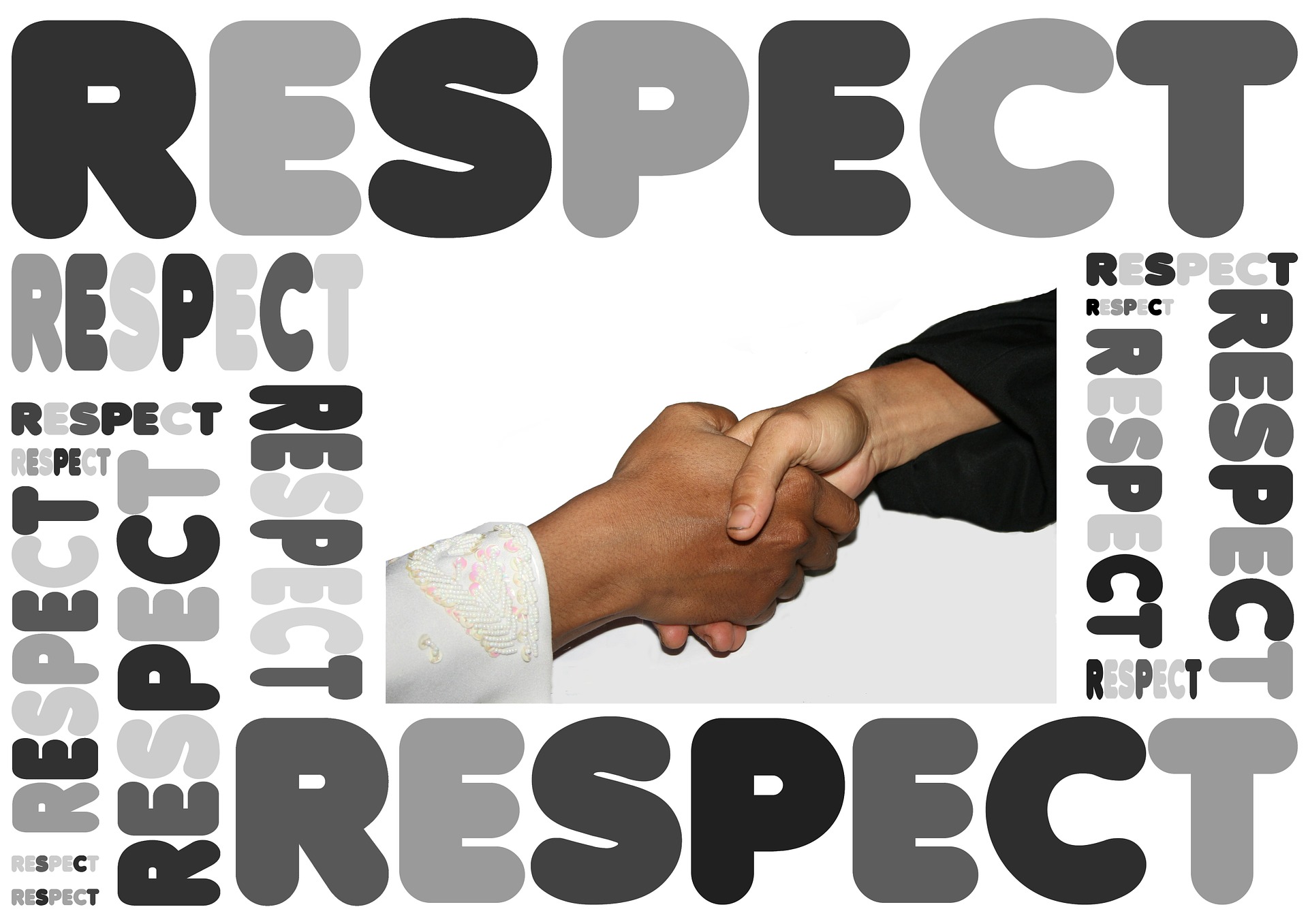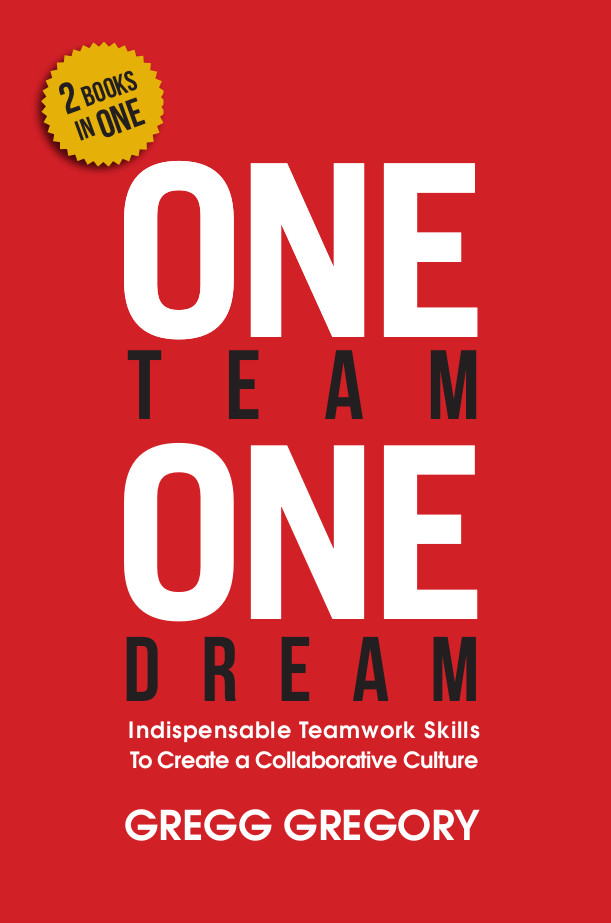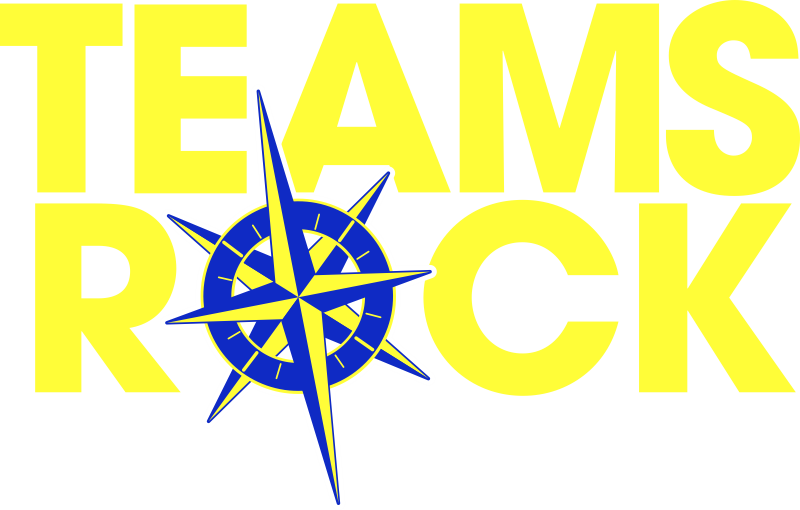“Everybody wants respect. In their own way, three-year-olds would like respect, and acknowledgement, in their terms.” – Aretha Franklin
Into even the best teams, a little conflict will come. It’s unavoidable when a group of people care about the job they’re doing and invest their energy, time and mindpower into it. How you and the team deal with conflict – that’s the thing you can all control.
Within work teams, you’ll experience one of three types of conflict:
– Between yourself and another person
– Between two other team members, where you are an observer
– Among the entire team
 Conflict between the entire team tends to happen during periods of upheaval within the company, when uncertainty about the future runs rampant among employees. A major project may have flopped, or an important contract fell through. On a smaller level, the team may have missed the target on a big goal. I remember the keen disappointment at one workplace when my team lost a fierce competition for sales team of the quarter – we bitterly second-guessed ourselves and our team strategy for a couple of weeks afterward.
Conflict between the entire team tends to happen during periods of upheaval within the company, when uncertainty about the future runs rampant among employees. A major project may have flopped, or an important contract fell through. On a smaller level, the team may have missed the target on a big goal. I remember the keen disappointment at one workplace when my team lost a fierce competition for sales team of the quarter – we bitterly second-guessed ourselves and our team strategy for a couple of weeks afterward.
In any of the above three types of conflict, there is one strategy that helps to ease feelings and work toward resolving the disagreement: R.E.S.P.E.C.T.
R – Review the situation. What’s going on? Is there a deep conflict here or a simple disagreement? Listen to the other people involved in the conflict, and hear their concerns.
E – Explore possible solutions. “How can I/we make this right?” is a good question to ask here.
S – Solve the problem together. Keeping in mind the concerns of all involved, and pulling together their recommended solutions, gives everyone a voice in the matter and a part in resolving the issue, and that helps ensure that they buy in to the solution.
P – Prepare a follow-through plan. Set benchmarks and due dates for the accepted solutions. Even if it’s as simple as “By tomorrow, give me a revised schedule of team meeting times.”
E – Expect cooperation from everyone involved. Even if it’s a conflict between just two people, part of resolving it is for both people to open up and say what they expect from each other. This is a way for both parties to reiterate what’s bothering them – but simultaneously present a solution that will satisfy them and help resolve the conflict.
C – Confirm agreement. This is the part where, on the playing field, the coach makes everyone involved in a conflict shake hands. The confirmation is a similar action. Once expectations have been voiced, make sure everyone confirms that they will deliver on their commitment to meet those expectations. Put it in writing if necessary.
T – Track progress toward the solution. In line with following through on the proposed solution and confirming that everyone agrees with the steps to be taken, it’s critical to check periodically to see that all involved are actively moving toward fixing the issue. Again, this is best done by setting benchmarks and checking in on the specified dates.

Excerpted from One Team, One Dream by Gregg Gregory For more information, get your copy of Gregg’s book, One Team, One Dream today! Available in both print and electronic versions!
Bring Gregg to you!
Featured team development seminar – Synchronize Your Team


Leave A Comment